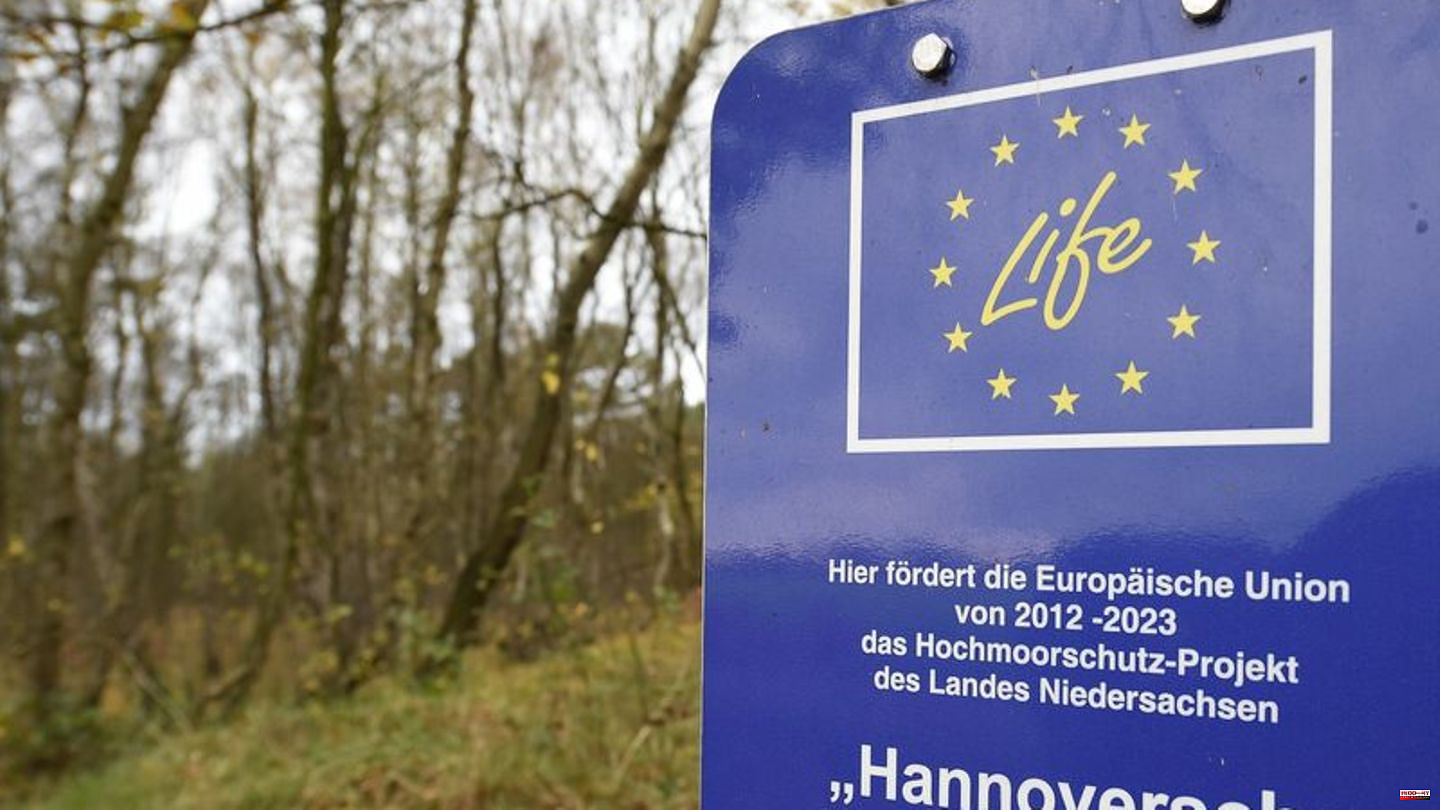The effects of climate change are increasingly causing problems for the moors in Lower Saxony. According to the first results of a study by the Lower Saxony Ministry for the Environment, Energy and Climate Protection, the loss of moors and peat bogs is greater than previously thought. The main reason is the drought in recent years.
According to estimates by the organization BUND Niedersachsen, only five percent of the moor areas are currently intact. The environmental organization calls for binding deadlines, funds and more staff to protect the moors.
The "Potential Study Moore in Lower Saxony" is intended to create a basis for targeted protective measures. An example of an ongoing rewetting are areas in the Hanoverian Moorgeest. Among other things, drainage ditches are being closed and dams are being built there. "We are already recording significantly higher water levels in these areas," said project manager Susanne Brosch from the Lower Saxony State Office for Water Management, Coastal Protection and Nature Conservation.
Moore store large amounts of the greenhouse gas carbon dioxide and therefore play an important role in climate protection. However, they only fulfill this storage function when they are wet - drained and drained bogs release a great deal of carbon dioxide into the atmosphere.
Lower Saxony is the federal state with the largest proportion of moors: 14 percent of the state area. According to the ministry, around 11,000 hectares of moorland have been or are being rewetted. In addition, according to the information, there are around 21,000 hectares of former peat extraction areas that have been rewetted since 1945 or are still to be rewetted.












